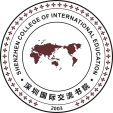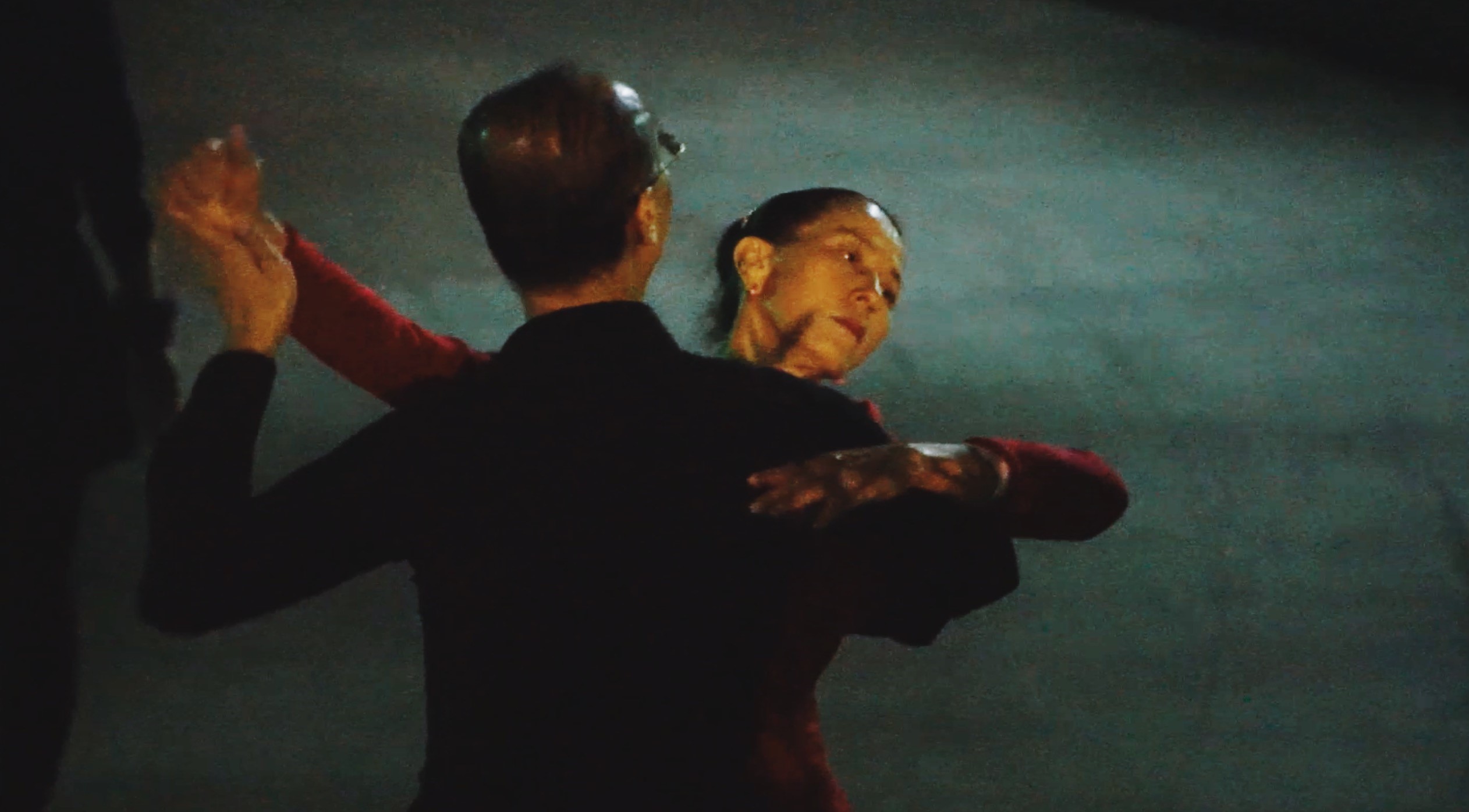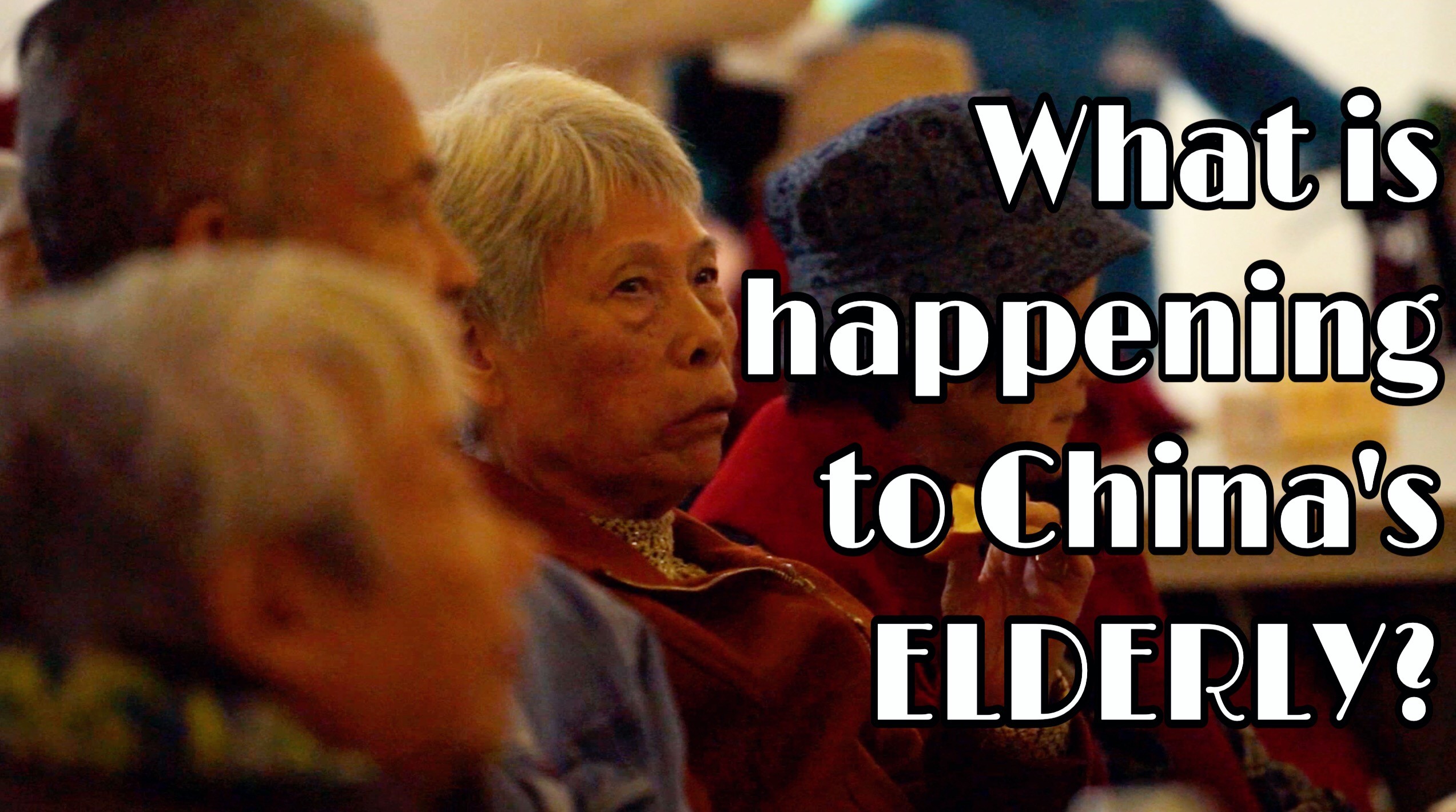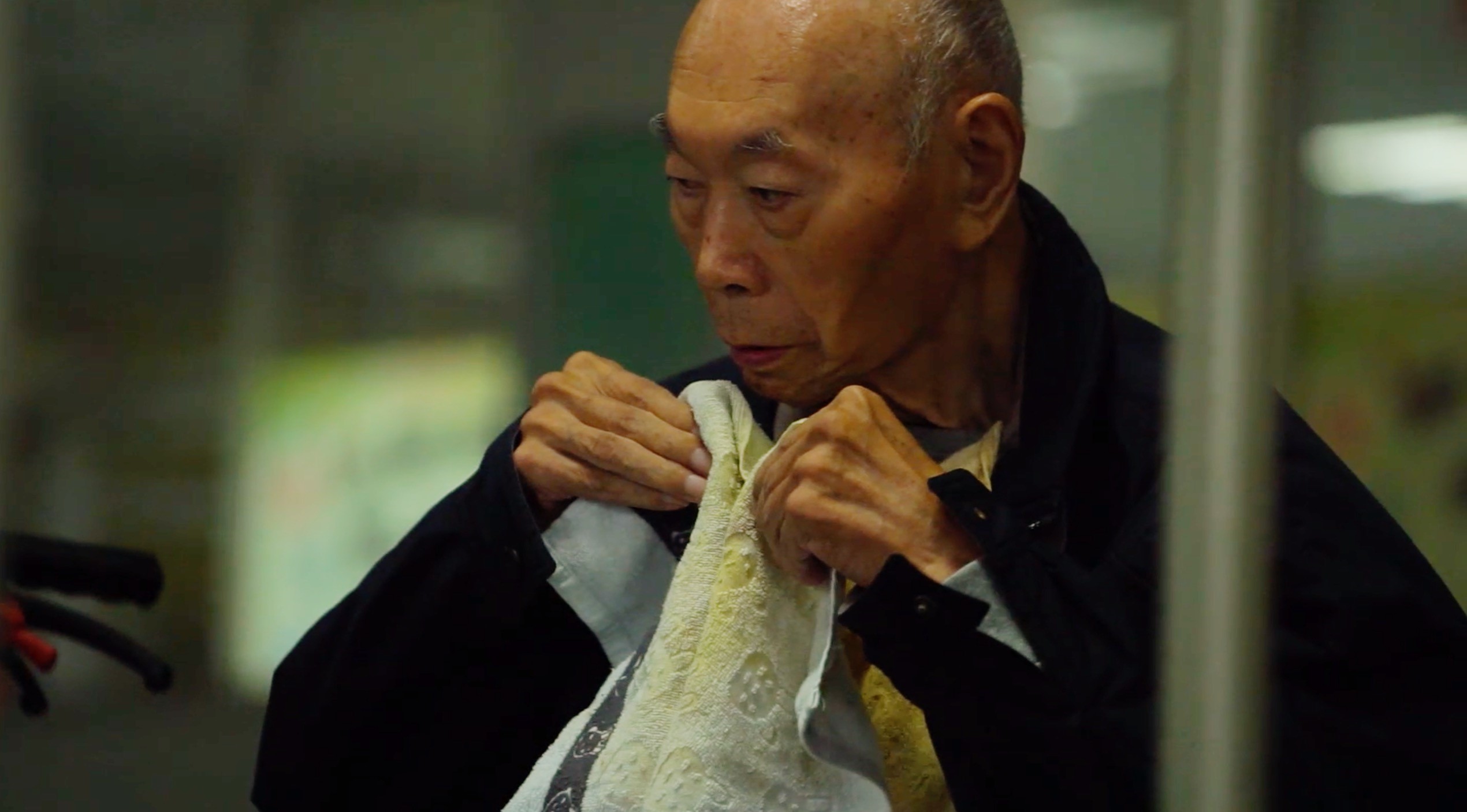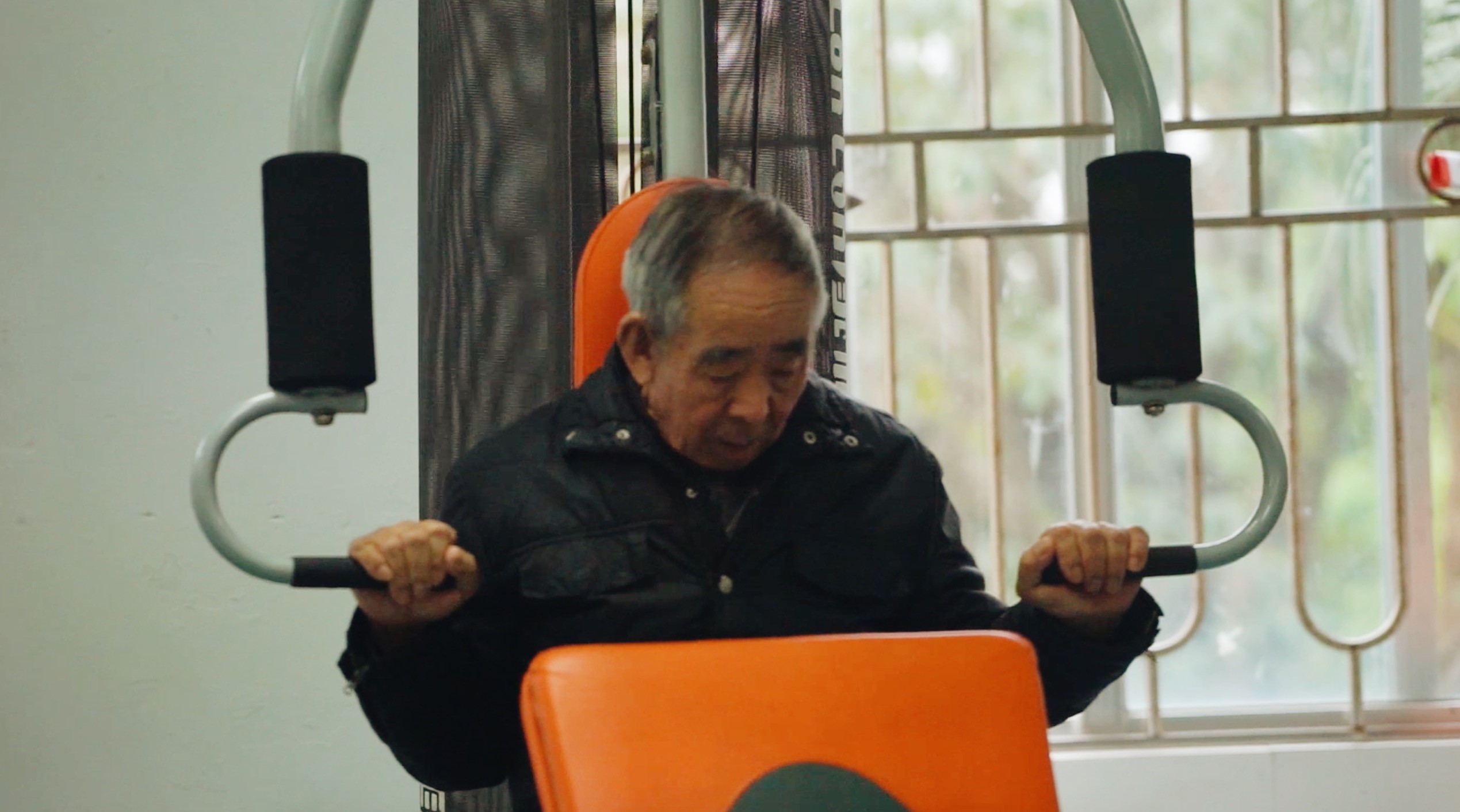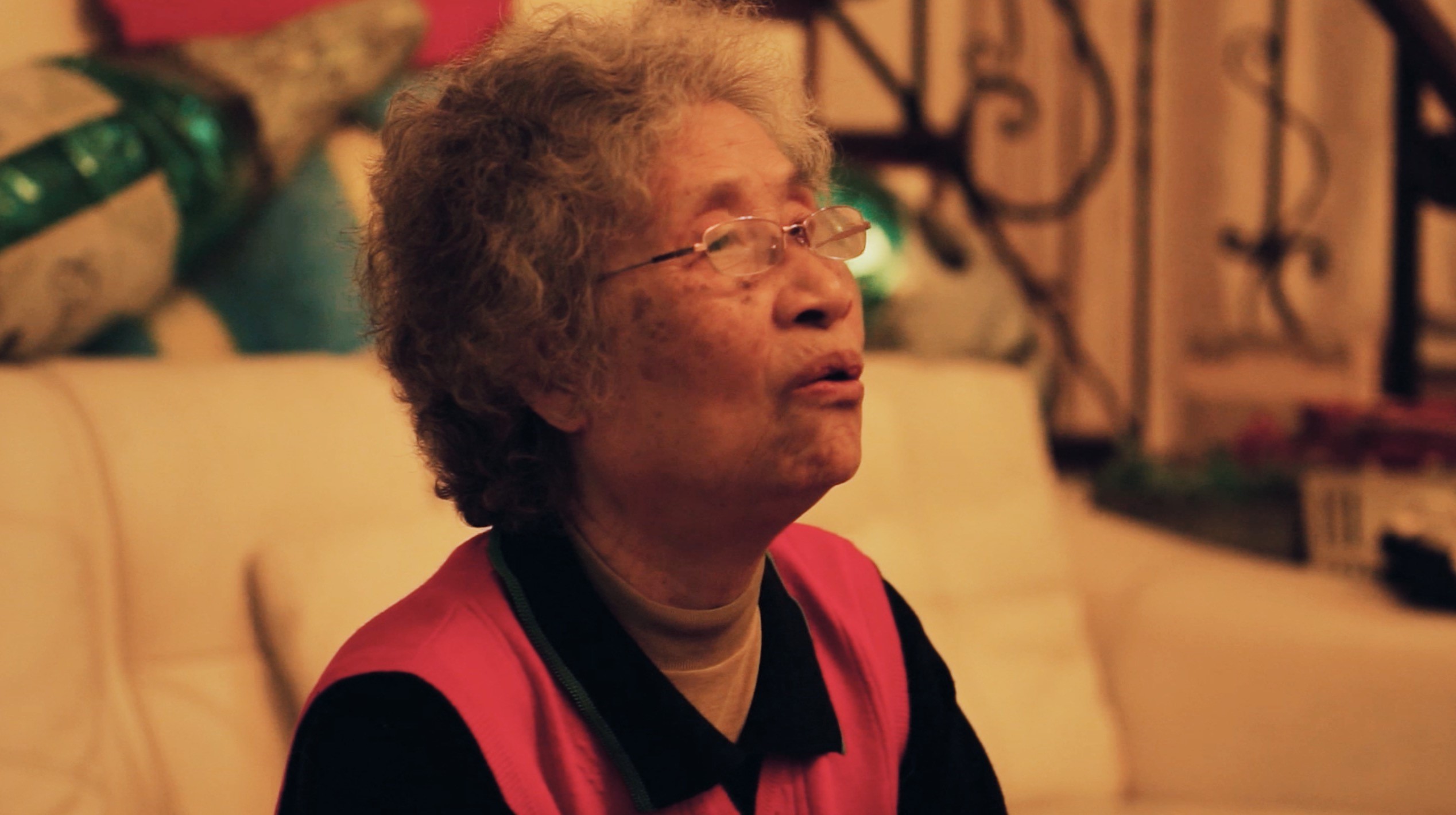On the morning of June 13th, 15 G1 students and two teachers, Ms. Daisy Ding and Mr. Gareth Cunliffe, boarded a plane to Chengdu. After the three-hour flight, we met with the teachers from Jiajin Ecological Learning Centre, marking the start of the “Rose and Panda Ecological Economy Research Camp”.

Our first destination was the Giant Panda National Park in Baoxing County. There, we saw the long-awaited national treasures: the Giant Pandas. Their appearances created a strong impression within us. At the same time, an important question arose: why did all the villagers who used to live in the mountains move away, leaving the entire mountain range to the Giant Pandas? With this question in heart, in the evening, we met with several villagers from the Panda New Village under the organization of our teacher. We learned that ten years ago, to promote biodiversity and better protect the habitats of the Giant Pandas, the local government established the general policy of “returning habitats to pandas”. Under the lead of local officials and after heavy persuasion, almost all the villagers in the mountains have moved down the mountain to provide a wider habitat for pandas.
The following day, we followed two experienced forest rangers from the Giant Panda National Park to experience forest patrolling, with the hope to have a deeper understanding of the environment the giant pandas are living in. We crossed countless streams, trudged through the mud, and walked on bridges made up of logs. When everyone was tired and panting, the rangers smiled and said to us that this was just the beginning of their daily patrol. For 39 years, they had been guarding the countless flora and fauna inhabiting the mountains. They are protecting precious natural treasures. We were all deeply moved by their ordinary yet crucial work in protecting nature.


After crossing the Jiajin mountain, we entered the Xiaojin County of the Ngawa Tibetan and Qiang Autonomous Prefecture. This was our main research site for the journey.
On the morning of the third day, with excitement, everyone carried a small bamboo basket and walked into rose fields. Following the lead of flower farmers, we experienced rose picking. Surrounded by the morning mist, we put on our gloves and gently pinched the fresh rose blossoms.
The flourishing roses and the picturesque mountains in the background impressed every single one of us. The rose industry is a supporting industry in Xiaojin. The rose fields we went to were just one in hundreds of them scatted around the County. Rose farmers would wake up before dawn and pick roses. After the farmers had picked their flowers, a truck would pick up the roses and send them to the Rose Factory.


We followed the rose-collecting trucks and made our way to the Rose Factory. There, we learnt that roses can not only be made into rose tea, but also into rose hydrosol, which can be used as cosmetics or perfumes. After fine manual selection, cleaning, drying, refining and other processes, the seemingly insignificant flowers become drops of “liquid gold”. They move out of the mountains and make their way across the country to be sold as a luxury good. ,The delicate and fragrant roses nurtured by the high altitudes of Xiaojin have brought about the rise of the Rose Industry in Xiaojin, and this rise is inseparable from the unremitting efforts of the ordinary citizens of the County and their determination to change their impoverished status quo.
In the first three days, we developed a deep understanding of the exuberant areas in Sichuan and got closer to our main topic in the trip: new economics.

What is the new economy? Why do we need to overturn the old economic model and promote the development new economy? After listening to lectures by Ms. Liu Li, Ms. Song Xinlin, and Dr. Peng Kui, we realized that the neoliberal economy implemented after the Industrial Revolution has revealed its drawbacks over time – humanity is approaching the limits of growth, and ecological crises and other problems are gradually emerging. We are beginning to reflect on whether a human-centered economic model is reasonable. Human beings originate from nature, so shouldn’t our economic development also be based on nature?

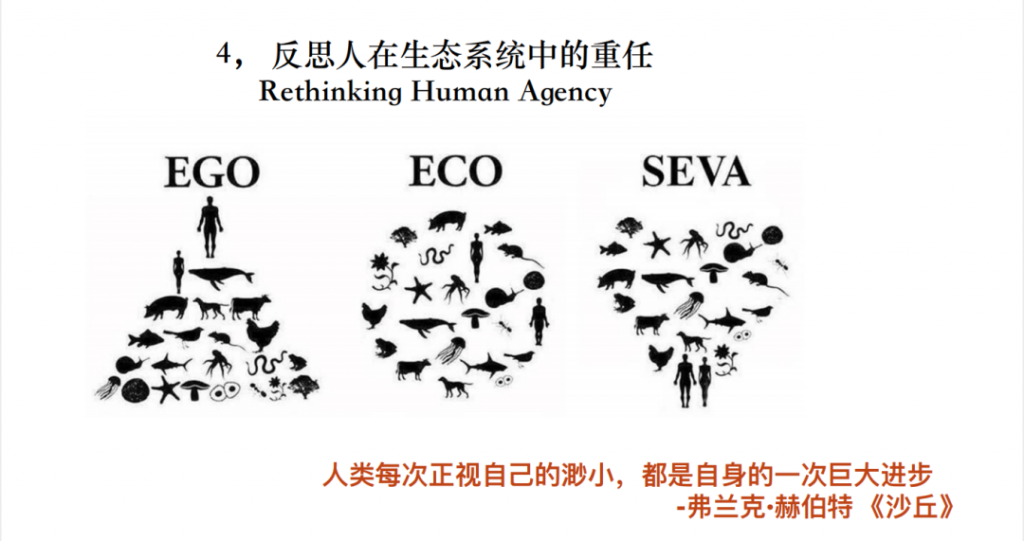
Ergo, a new economic model, one that is “SEVA” (an economic model that serves all life, aiming to achieve harmony between humans and nature, has become the best choice for economic development around protected areas), is needed. In Baoxing, this model is represented by the villagers left the mountains where they had lived for generations and moved to the unfamiliar foothills, making concessions for the reproduction of pandas. Instead of relying on natural resources for their livelihood, they instead develop the tourism industry by establishing homestays and restaurants to serve the tourists who came to visit the pandas. In Xiaojin, under the guidance of government policies and local leaders, farmers began to cultivate roses, generating economic income whilst preserving nature. The students suddenly felt enlightened: it turns out that the new economy has been woven into our journey all along.
On the fourth day, with the new perspective of new economic, we entered the yet-to-be-fully-developed scenic and picturesque Muerzhai Valley for a hike. As soon as we got out of the car and stepped into the Muerzhai Valley, everyone was astonished by the breath-taking beauty of nature before them, exclaiming in amazement. Surrounding us were rolling layers of green hills, lush vegetation, and a sky that seemed even bluer against the backdrop of the natural growth of dense foliage. A murmuring stream not far away provided water for the herders’ livestock, and the distant snow-capped mountains added the finishing touch to this masterpiece of nature. Breathing the pure air, everyone’s mood improved, and we sang songs as we ventured deeper into the heart of Muerzhai Valley.
Here, we encountered Tibetan herders. Facing unfamiliar faces from the south, they greeted us with genuine smiles and warmly invited us to visit the yaks in their pastures. We promptly interviewed some of them, and we learned that their primary economic source is yak dairy products, such as cheese. The production and life of the Tibetan herders seemed to have become an indispensable part of the natural environment. As we immersed in this chaste land, we felt the harmony between humans and nature, realizing that coexisting economic development with nature conservation is achievable without conflict.

In the afternoon, we met with the junior high school students from Xiaojin. Through ice-breaking activities, we gained a deeper understanding of each other’s interests and hobbies. Together, we enjoyed delicious food and shared our school experiences from our different cultural and societal backgrounds. After the meal, we learned how to dance the traditional Tibetan “Guozhuang” dance. Every person’s face was filled with smiles. However, as always, good time flies away. When it was time to part ways, everyone reluctantly looked at their new friends, waving goodbye with a deep sense of attachment.

During the trip, we were divided into three different groups based on our varied interests, each group taking on a different research project. The first group was tasked with creating a documentary for our seven-day journey, the second group conducted a case study on the economic development of Xiaojin, and the third group worked on a tailored business plan for Xiaojin based on its unique characteristics.
After experiencing the area first-hand in the initial days and receiving guidance from our teachers, we gained a much deeper understanding of our research directions. This led us to engage in extensive discussions with our peers within our respective groups, allowing for the collision and integration of ideas while working collaboratively. The works produced by the three groups were all remarkable, showcasing our thorough comprehension of the new knowledge and our innovative application of it.
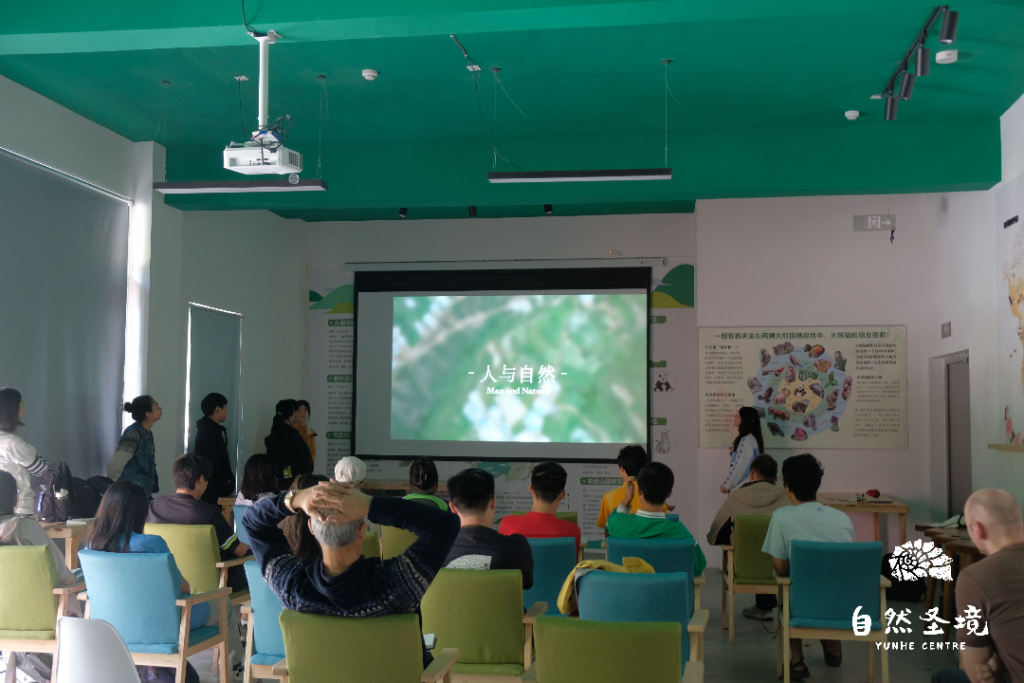
On the return flight, everyone was still savouring the memories of the short seven-day-trip, marvelling at how time had flown by. Flipping through the pictures taken during the trip, we fondly remembered every teacher and friend we had met. Thanks to the brilliant organization from teachers and staff members from SCIE and Sichuan, we gained a deep understanding of the new economy through both written studies and field visits. This precious experience added a vivid and colourful touch to our life as a SCIEer.
- Article / Jay Yang
- Pictures / 泽让东州
